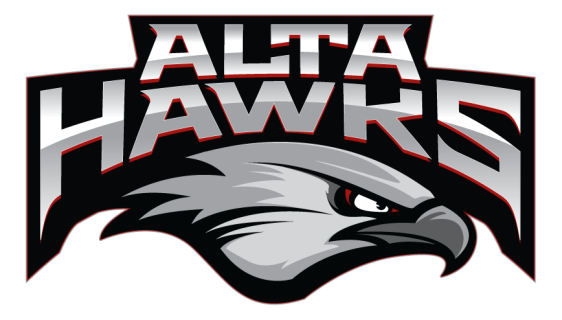To promote ethical behavior and civil discourse each council member shall:
- Attend council meetings on time and prepared
- Make decisions with the needs of students as the main objective
- Listen to and value diverse opinions
- Be sure the opinions of those you represent are included in discussions
- Expect accountability and be prepared to be accountable
- Act with integrity
Rules of Procedure:
All meetings are open to the public and the public is welcome to attend.
The agenda of each upcoming meeting with draft minutes of the prior meeting will be made available to all council members at least one week in advance, will be posted on the school website and made available in the main office. The agenda will include the date, time and location of the meeting. Minutes will be kept of all meetings, prepared in draft format for approval at the next scheduled meeting. The council will prepare a timeline for the school year that includes due dates for all required reporting and other activities/tasks that the council agrees to assume or participate in. The timeline will assist in preparation of agendas to be sure the council accomplishes their work in a timely manner.
The chair conducts the meetings, makes assignments and requests reports on assignments. In the absence of the chair the vice-chair shall conduct meetings.
Meetings shall be conducted and action taken according to very simplified rules of parliamentary procedure as required in 53A-1a-108.1(10). Items on the agenda take priority over other discussions coming before the council. Council action will be taken by motions and voting with votes and motions recorded in the minutes.
A motion (or an action to be taken by the council) is stated as a motion. Someone else on the council “seconds” the motion indicating that at least one other person on the council feels the motion is worthy of discussion. Then the council members may provide input and discussion as called upon by the chair. When discussion seems complete the chair may call for a vote on the motion. Or when a member of the council “calls the previous question” (a motion to end discussion of the first motion), a second is required and then, without discussion the chair calls for a vote that must pass by 2/3. If the vote on the previous question fails the council goes back to discussing the first motion. If the motion to call the previous question passes, the chair directly calls for a vote on the first motion. A vote to call the previous question is usually used to move business along.
Below is a chart that could be used if the council feels they would like to use additional motions of Parliamentary Procedure in their meetings.

- A tie vote is a lost vote.
- A main motion may be amended.
- Nominations can be closed by saying, “I move to close nominations.”
- Most motions are main motions.
- A point of order is offered when there is some question if procedure had been followed correctly.
- To stop debate or discussion on a motion and force the vote a member would say, “I move the previous question.” This requires a second and a 2/3 vote.
- Hasty action may be corrected by use of the motion to reconsider. This motion may be made only by one who voted on the prevailing side.
- A person who made the motion may withdraw the same motion.


